Our contributor, Summer Stone of Cake Paper Party, is back today with a new baking science experiment….
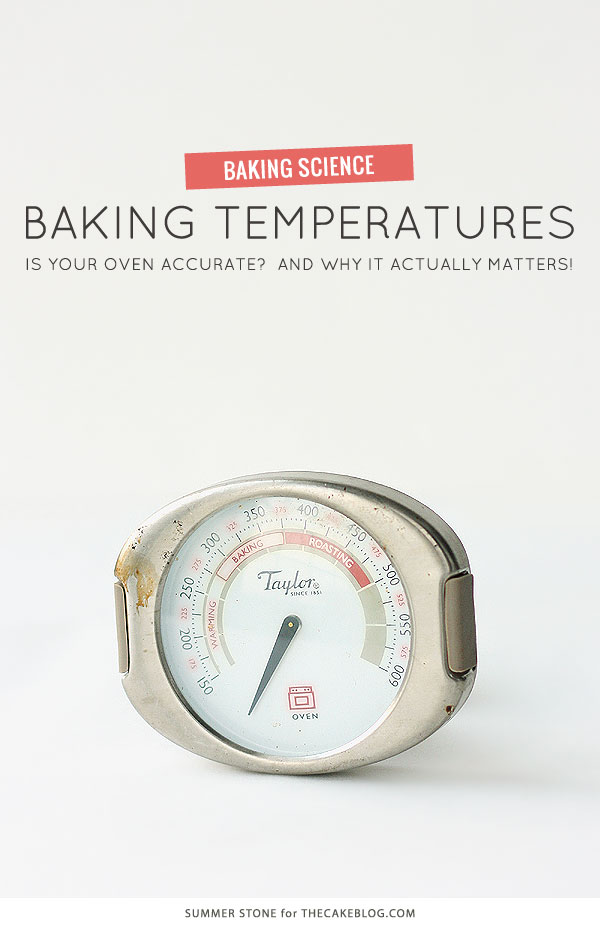
Have you ever wondered why most cakes are baked at 350ᵒ F? And why do cookbooks and baking authorities make such a fuss about making sure your oven temperature is accurate? What is it about that mystical number on the oven’s dial that makes it work so well for baking and what happens if, heaven forbid, your oven temperature is off? Let’s take a quick look at the effect of oven temperature on the baking process and how you can take control of the outcome of your baked goods with a little thermal know-how.
During baking, a cake batter undergoes a complex process of chemical and physical reactions which transform it from goo into light, fluffy delightfulness. Each of these actions takes place when the batter reaches a particular temperature and the rate at which they occur is dependent on how hot the oven is. Here is a snapshot of the activities which convert batter into cake and the order in which they occur:
- Fats melt
- Gases expand and form
- Sugar dissolves
- Proteins coagulate
- Starches gelatinize
- Gasses evaporate
- Caramelization occurs
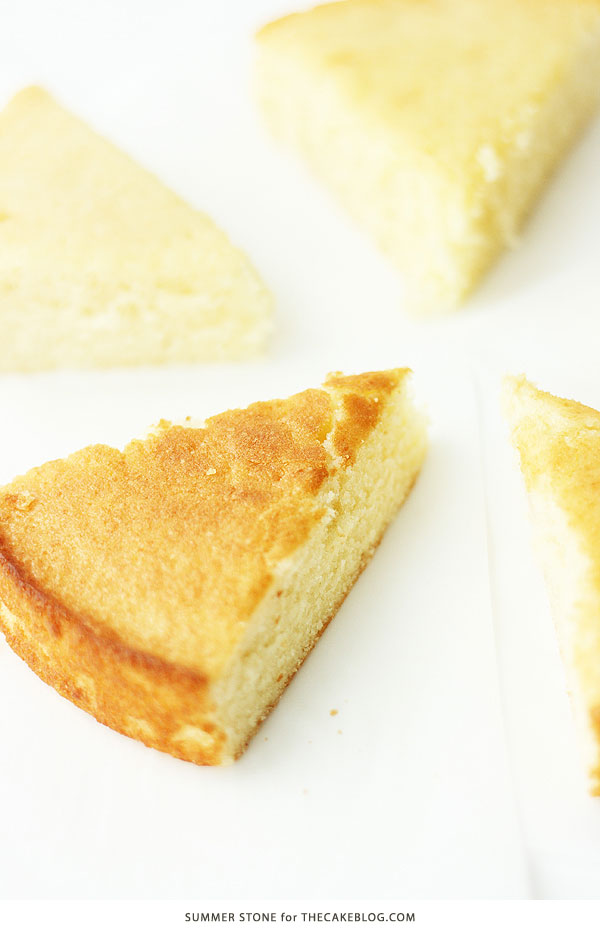
If a cake is baked at a relatively low temperature, these steps take place more slowly and evenly throughout the cake with less overlap in processes. The gentle rise in batter temperature allows the external crust of the cake to react in similar fashion to the inside of the cake. Conversely, batter placed in a high temperature oven will have a number of processes going on in rapid succession and in uneven distribution. In this scenario, the cake crust will undergo all of the steps more quickly than the internal portions of the cake.
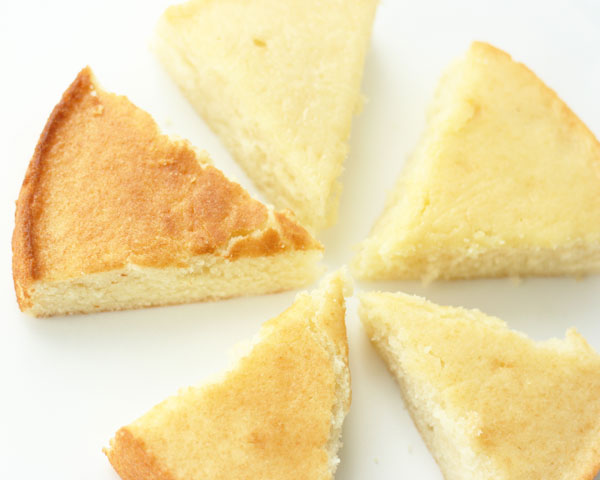
I baked a number of cakes from 300ᵒ F to 400ᵒ F to provide a practical example of how oven temperature alterations can modify the end results. A cake baked at 300ᵒ F is lighter and fluffier than a cake baked at 400ᵒ F. The cake baked at 300ᵒ F also has a pale even outer crust which remains gummy due to the reduced degree of evaporation at the cake’s surface. The 400ᵒ F cake has a dark, ledged outer crust with a more dried surface. The evaporation of water on the surface of the cake enables caramelization processes to occur. Caramelization can add flavor but if taken too far can lead to a burnt, acrid taste. The other notable difference in the cakes with various temperatures was in the consistency of the crumb. The cake baked at 300ᵒ F had a very soft, smooth crumb while the cake baked at 400 F had a slightly more rough-textured mouthfeel. This is likely due to the speed under which the proteins coagulated.
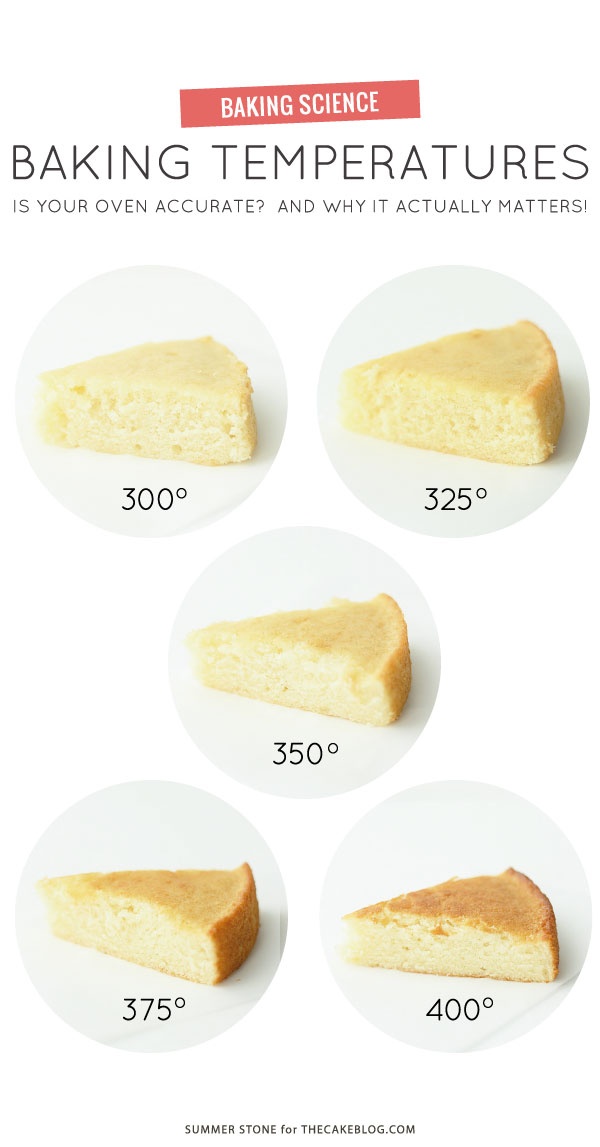
Cakes baked through the spectrum of temperatures between 300ᵒ F and 400ᵒ F display gradual variants of these two extremes. Baking at 350ᵒ F is sort of a happy medium between 300ᵒ F and 400ᵒ F and creates a cake that has the best of both worlds. It has lightness, texture and caramelization induced flavor.

There you have it! Altering the temperature in which you bake has a significant effect on the outcome of your cake. By knowing the accuracy of your oven, you can better predict the final result of your cake. If you’ve ever baked a recipe and wondered what went wrong, give your oven temperature a second look. Most ovens are calibrated inaccurately, leaving you unaware that you’re baking at a temperature above or below what your recipe specifies. It is helpful to purchase an oven thermometer to test the temperature and then adjust as needed.
Plus you can exert some control on the height and texture of your cake simply by adjusting the heat dial on your oven up or down a bit.
Happy baking!
YOU MAY ALSO ENJOY:
Baked to Perfection
Does Ingredient Temperature Matter?
Can You Overmix A Cake?
Does Sifting Make a Better Cake?
How to Bake Without Eggs
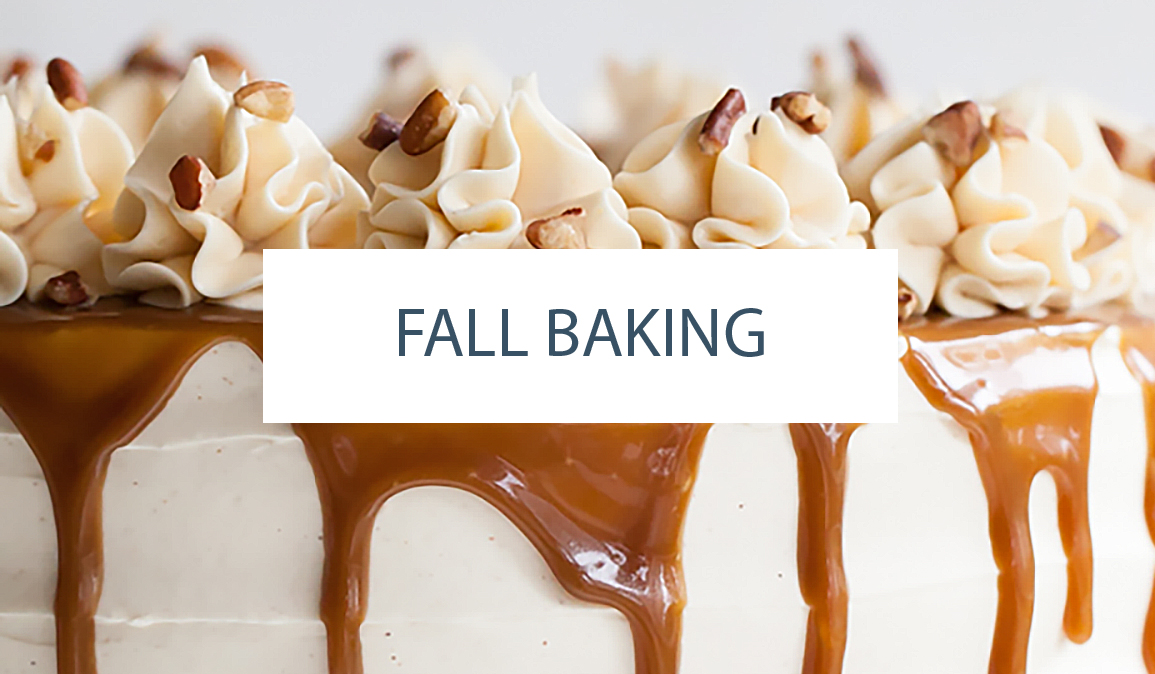

Thank you so much for posting ALL the this. The pics with explanations of each methods is extremely helpful and has answered many questions. Thank you!
Hello. This article really helpful. I have a few questions. if i bake cake at 300 and after the cake done, i continue bake at 400 1-2min. Will i get fluffy, moist and soft cake with dry top? (i dont like when the top of cake stick to lid of container, i assume it because the top moist)
Second question if i bake at 400 for 20min then i bake at 350 for 35min then at 300 for 10, cake type is cotton cake. What kind of cake will i get?
i am not in any way an expert, and i may be misunderstanding your question, but here goes lol:
1st portion:(switch for 1-2 mins)
i don’t believe this is going to be effective. might have better luck putting it under a broiler for 1-2 minutes to almost carmalize the sticky stuff on top.
2nd portion: (3 different bake temps)
alter the times slightly to allow for the radiant heat of oven and the cake itself to achieve that 400 degree mark. i.e.
400deg for 35min – 350 for 10 – and 300 for 25
whao, thanks for sharing this tip. Please my oven’s highest temperature is @ 250, how can I still achieve a well baked cake?
If highest temp is 250 it means it’s in centigrade not in farhenhites. You need to bake the cake at 170 which is equally good as 350 farhenhites.
I had the same question.But this article has cleared it.
Many of the recipes told 350 degrees and I had only 230 degrees then I realized that my oven temperature is in centigrade and recipe temperature in Fahrenheit
Thanks for the tips! My question is about when cakes or muffins come out of the oven. The tops seem to be nice and “springy”, but when they cool off the tops always get sticky. What would you suggest I do to fix this? Thanks!
Hi. Thanks for this, it will cone in handy.
Just a quick question, any suggestions as to how much we should adjust baking time when changing the temperature?
Thanks for everything ^_^
I just read your Baking Temperature Comparison. I found the article fascinating and it will help me a lot. I’m very anxious to read more of your articles. Thank you very very much for your expert advice.
This was so helpful! Thank you!
Thanks for the article. It was very well done, well thought out, and explained perfectly and clearly.
I make a lots of pound cakes. I have two pound cake pans. Can I double my recipe and put them both in the oven at the same time? Thanks
Op
Thanks for the info. What can cause fruit cakes to make deep cracks on top
during baking
This was so helpful!, i just starting to do some baking and this site was so grate,..very happy to found it!!…
This information is so wonderful and just what I have been looking for to help me bake better. I love the science and pictures. You are a great teacher.
This blog is really helpful for me. By the way can i ask? What should i do if my oven’s heating temperature is just 200°F?
Is the temperature same for microwave convection oven. I don’t have an OTG. While baking in convection oven either my cake comes hard
I discovered through two flops that humidity can keep cakes from rising properly or falling after baking. What should the humidity point be for proper baking?
Love the article and I have one question, What size of cake pan did you use when conducting this experiment? was it the traditional 8 inch round 2 inch thick?
My oven is electric and just trying to adjust to it but the fire comes out at the sides of the fire place making it too hot when it’s on 200 upwards but low on 170 without visible firethough hot. Don’t know if the 170 is the ideal temp to use. Thanks
Please my oven doesn’t have its heat degree in Celsius or f. It only came with knob that you can use to reduce the amount of fire been used at a time (it’s a gas oven), my question is how do I achieve 350° on my oven since I don’t own a thermometer
Thank you for these charts. Is there a print button?
i couldn’t read it all but anyway thanks alot it was helpfull.
I love at 5100 ft of altitude. I have read many articles about altitude baking since I moved here and they all say to increase baking temp by 25 degrees (amongst adjustments to flour, leavening and liquid content ), but I have found that the top of the cake comes out tough even at a 10 degree increase, and more so with chocolate cakes, when a toothpick comes out nearly clean at testing the center of the cake. Do you have any advice?
I leave at high altitude also, 6,100 feet in Colorado Springs. I bake cakes very frequently also, have read lots of information on high altitude baking. Poundcakes and cheesecakes, I usually bake at 325°. Mostly, other cakes, brownies and cupcake recipes, I usually bake at 350°. Do you have any other baking tips that will help me with high altitude baking. Thank you so much.
Can you make a cold oven pound cake in a convection oven? If so how?
Thank you in advance!
Please telll me time for a cake to bake as highest temperature in my oven is 120degree Celsius
Absolutely love this blog as I was baking the cakes it didn’t come quite nice but when I follow the instructions In this blog it’s superbbb